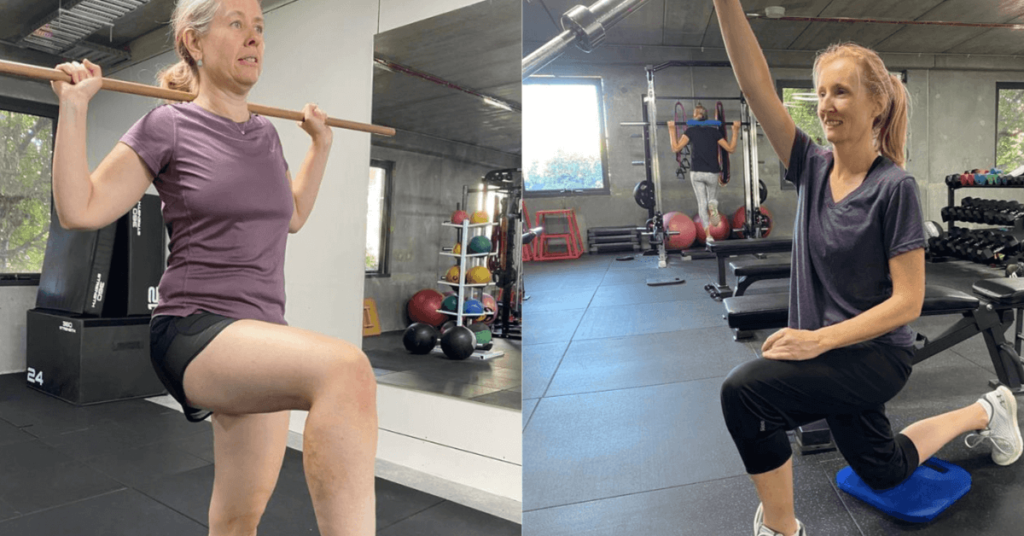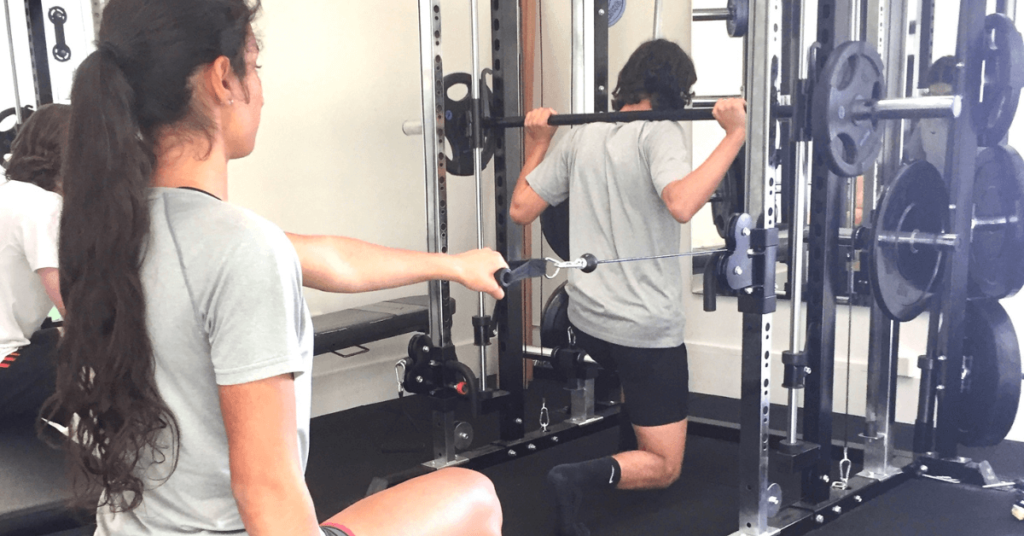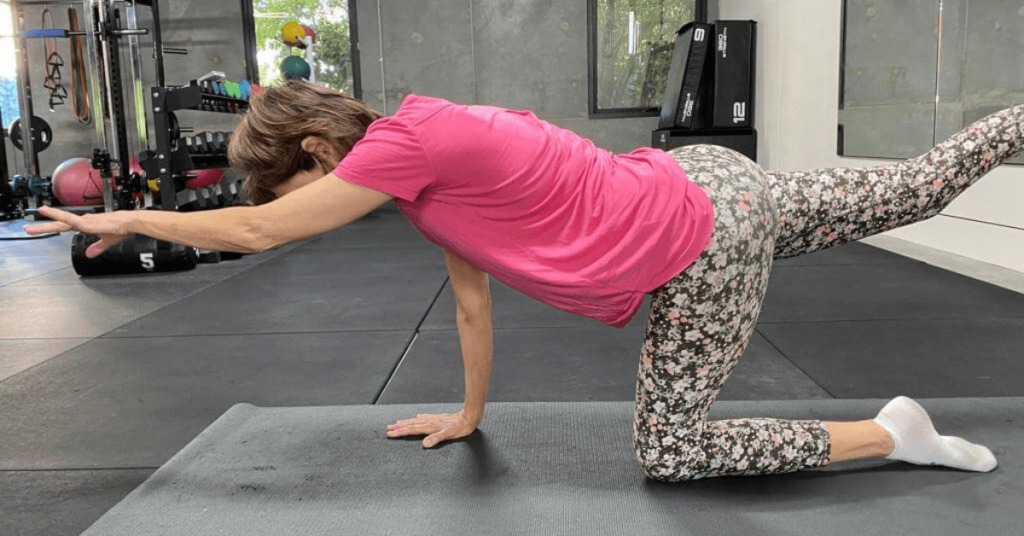Women Strength Training: What You Need to Know
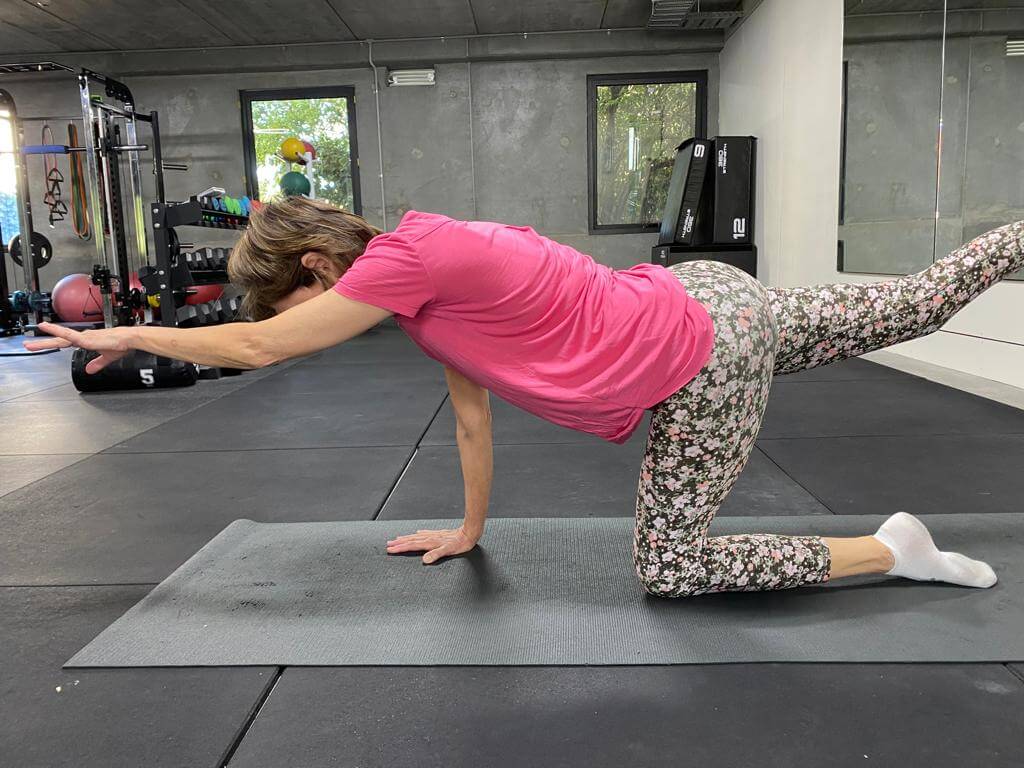
Every New Year, I look at my New Year’s resolution list and see that I have been writing the same thing every year! “To lose weight and be stronger” was always at the top of my list. I used to think enrolling in our local fitness centre and running a treadmill was all it could take. But I got it all wrong. Lifting weights at the gym was always thought to be a ‘man’s thing’, but little did I know that women should also do it! Whether done with body weight or dumbbells, strength and conditioning training may make all the difference for women. Over the years, cardio workouts like cycling and running have consistently outweighed the advantages of strength training for women. This kind of personal training is one of the best things you can do for your health as a fitness regimen to get in shape or as a method to carve out time for yourself throughout the week.
What is Women Strength Training?
Women overuse low-intensity workout methods far too frequently. Cardio, machine use, treadmills, bicycles, and low loads are overemphasised, while strength training, which will encourage superior physiological adaptations for raising women’s functional capacity, is underemphasized. Strength training is one of the most powerful anti-aging techniques available, so if you want to live longer, start considering it. There is almost no difference in strength training for men and women except for one thing. Women often recover more quickly from weight exercise than men do because of increased estrogen levels. To increase muscular growth, strength, and endurance, you can attempt resistance band exercises or use your weight, dumbbells, and other weights. In addition to making you stronger, adding a little resistance to your workout has several positive effects on women’s health.
Benefits of Female Strength Training
Strength training and weightlifting, in contrast to common opinion, won’t make you seem bulky. In order to muscle out like a guy, testosterone is needed. You don’t have to be concerned about seeming “beefy.” You’ll look and feel your best with the aid of strength training. Here’s what you can expect from it.
- Increased endurance, recuperation, strength, and power of the muscles.
- Increased bone and connective tissue integrity.
- Higher metabolism
- Increased sensitivity to insulin.
- Decreased injury rate
- Lower back pain reduction
- Slower bone deterioration
- Prevents Osteoporosis
Are weights required for strength training?
Cardio may be the prefered method for burning fat, but it doesn’t help you develop the muscles your body needs for daily motions. The reality about strength training is that it may make you gain weight. However, it’s entirely OK because it will make you appear more toned and slim. If the gains you experience are in lean body mass, your weight may remain the same or even go up. Increased strength, no change or a decrease in the hip and waist perimeters, and a minor rise in the upper body perimeter are all effects of strength training.
You may use, well, anything that causes resistance since the entire point of strength training is to challenge your muscles through resistance. Exercises for strength training don’t have to be done in a gym, though. You can work out whenever and wherever it’s convenient for you! In reality, using bodyweight exercises may frequently eliminate or reduce hurdles to strength training including lack of time and money.
Can women strength train everyday?
While daily weightlifting may help you achieve your strength and power objectives, it’s recommended to avoid exercising the same muscle group every day to ensure appropriate muscle recovery. Give yourself at least 24 hours to recuperate between exercises if you want to increase your muscle endurance. Fitness experts and strength and conditioning coaches do offer some clear recommendations regarding how frequently you should exercise and what exercises you should concentrate on. Three things will determine this: overall health, weight loss, and muscle gain. Be realistic with lifestyle elements like how much time you have after that. If I want to know what my ideal strength and conditioning training schedule should be like, it’s better to consult a female personal trainer near me.
Is strength and conditioning good for all ages?
Strength exercise may help you maintain and improve your muscular mass at any age. Strength training, however, may be a beneficial component of a comprehensive fitness regimen as early as age 7 or 8 – if the child is old enough to follow instructions and can exercise good technique and form. Women over 50 can also engage in S & C since lifting weights while including cardio helps slow down the loss of muscle mass. Lifting weights that challenge them is the most excellent method for them to preserve the muscle they do have and add new lean muscle mass. That weight causes the current muscle to break down and make new, stronger muscle.
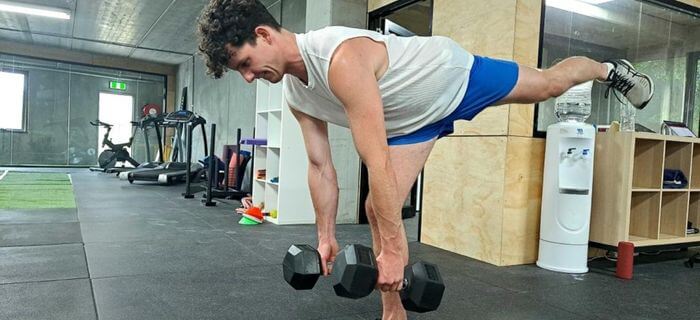
- Data from 2017–18 show that 41% of women over the age of 18 were physically active enough, and 22% of these women engaged in strength or toning exercises twice a week or more. Overall, 14% of women (3 out of 20) satisfied the muscle-strengthening recommendation for adequate physical activity (Figure 1 Australian Institute of Health and Welfare). (ABS 2019a).
According to age and for specific population categories, the percentage of women who engaged in adequate physical activity varied in 2017–18 (ABS 2019a): Approximately one-half of women between the ages of 18 and 24 (52%) engaged in sufficient physical activity, compared to one-fourth of women 65 and older (26 percent ) In Figure 2
After accounting for age, 1 in 2 (49%) of women in the highest socioeconomic regions and 1 in 3 (34%) of women in the lowest socioeconomic areas reported being adequately physically active.
What exercises improve strength and conditioning for women?
You don’t need a personal gym coach, a gym membership, or a lot of time to finish a strength and conditioning program that can help you become healthier overall. Bodyweight exercises use your own weight as resistance, making them a portable type of strength training. Exercises for building natural body strength can be done in brief sessions at home or over your lunch break and can be highly beneficial. These workouts may be be adjusted to fit your skill level, making them suitable for beginners. Here are a few exercises that can start your road to fitness!
- Goblet Squats
- Deadlifts
- Reverse Lunges
- Romanian Squats
- Push-ups
- Planks
- Dead-bug
- Kettle Bell Swings
- Moderate to intensive cardio exercises
- High-intensity training (HIT) or high-intensity interval training (HIIT)
How much weight should I use?
Knowing how to perform a movement is crucial before deciding how much weight to use for an activity. Personal female fitness trainers advise picking a weight that enables you to do an additional one or two repetitions. This indicates that you can still execute one or two more repetitions with the perfect technique after finishing the required reps. It takes some trial and error to choose the proper amount of weight, and the only way to discover what is ideal for your body is to get started. Try a lighter weight, assess how it feels, and make any necessary adjustments.
What is the best recovery after a workout?
If you want to get maximum outcomes, effective recovery after exercise is just as crucial as rigors training. It’s interesting to note that compared to trained males, trained women endure less muscle deterioration and recover more quickly. However, women who are new to exercise and are untrained require longer recuperation than males. Consider recovery to be just as vital as exercise itself if you want to improve your ability to exercise and maintain a healthy lifestyle. Here are some useful pointers for a quicker post-workout recovery:
- Hydrate
- Have a healthy and balanced diet
- Stretch
- Get ample rest
- Leave stress out the door!
- Muscle Compression


